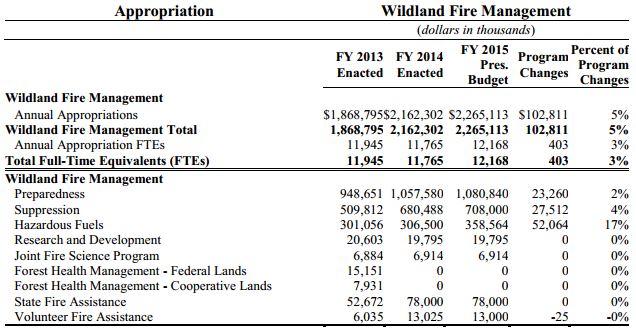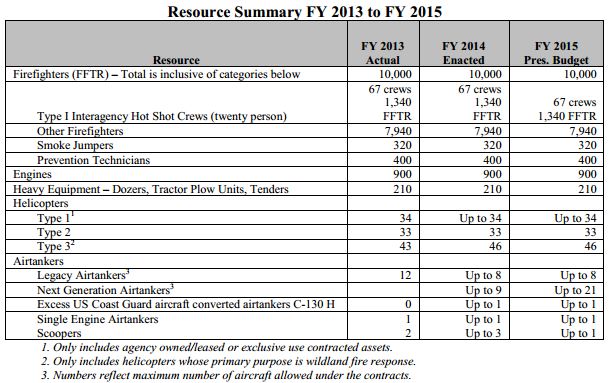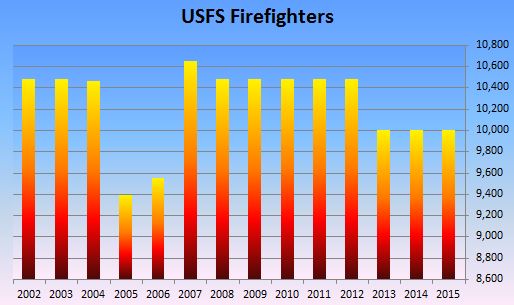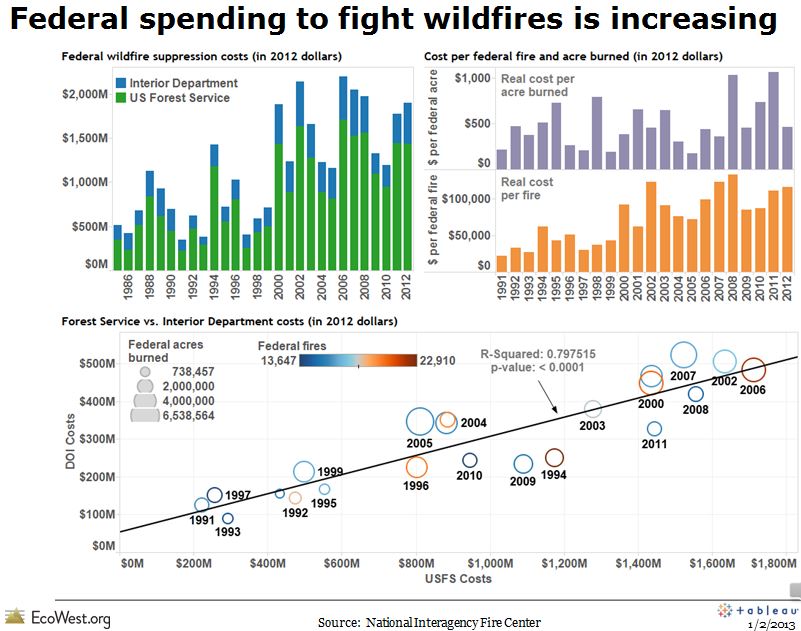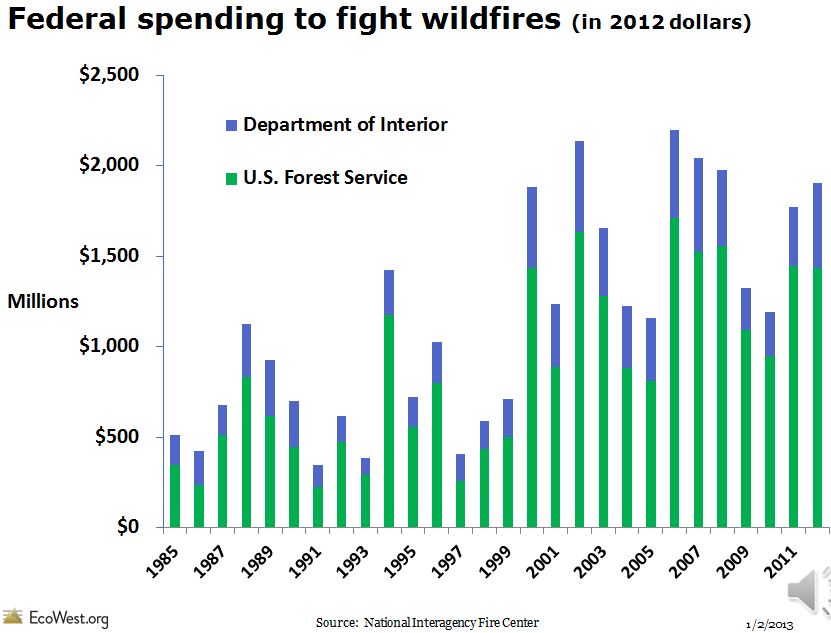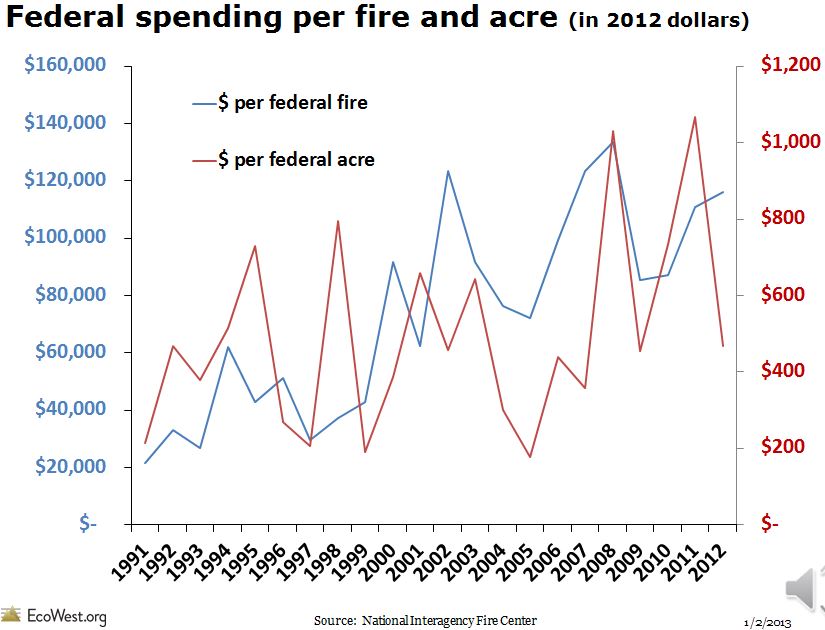On February 24 Sally Jewell, Secretary of the Department of the Interior, testified at a hearing of the Senate Energy and Natural Resources Committee. The primary focus of the hearing was the Department’s budget for Fiscal Year 2016. The video of the webcast can be seen here. The proceedings begin at 18:40.
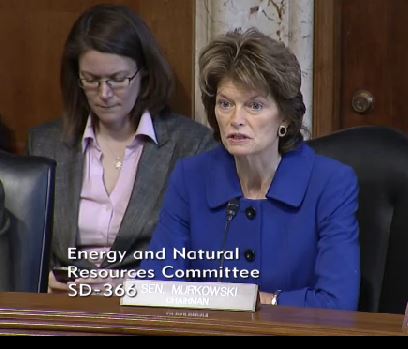
The Chair of the Committee, Lisa Murkowski of Alaska, recently threatened to cut the budget of the Department of the Interior in retaliation for the Obama administration’s proposal to set aside more than 12 million acres in Alaska’s Arctic National Wildlife Refuge as wilderness. A severe budget reduction could result in the loss of jobs within the Department. Senator Murkowski began the hearing by stating her reservations with the decision to designate the wilderness areas.
Below are excerpts from Secretary Jewell’s prepared remarks on the subject of wildland fire. The complete text is here:
****
“The budget renews the call for a new funding framework for wildland fire suppression, similar to how the costs for other natural disasters are met. The initiative proposes base level funding of 70 percent of the 10-year average for suppression costs within the discretionary budget and an additional $200 million available in the event of the most severe fire activity, which comprises only one percent of the fires but 30 percent of the costs. Wildland fire continues to be one our most important land management challenges. In January I issued Secretarial Order 3336 that recognizes the critical importance of fire in protecting, conserving, and restoring the health of the sagebrush-steppe ecosystem on which rural economies, wildlife – including the sage grouse – and a way of life depend. Shortly, we will be releasing our strategy for the 2015 fire season, to be followed by a long-term strategy for addressing rangeland fire prevention, management, and restoration. On a broader scale, the Department is firmly committed to the National Wildland Fire Cohesive Strategy and the three goals of restoring and maintaining fire-resilient landscapes, creating fire adapted communities, and safe and effective operations. In support of those goals, the budget reflects an integrated approach to wildland fire management, including $30.0 million for a Resilient Landscapes program to create landscapes that are resilient to wildfire through long-term, landscape scale, place-based projects. Resilient Landscape program projects will be accomplished through collaborative partnerships that include non-fire bureau resources and land management programs along with other Federal, tribal, State and non-governmental partners. The budget continues to include funding for the Fuels Management program to improve the integrity and resilience of forests and rangelands, contribute to community adaptation to fire, and improve our ability to safely and appropriately respond to wildfires.
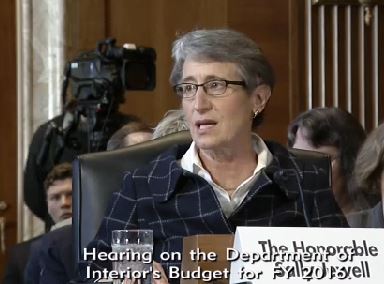
[…]
The 2016 request for the Department-wide Wildland Fire Management program is $805.5 million without the proposed fire cap adjustment, and $1.05 billion including the adjustment. The request includes $268.6 million for fire suppression within the base budget, which is 70 percent of the 10 year suppression average spending. The cap adjustment of $200.0 million would only be used for the most severe fires, since it is one percent of the fires that cause 30 percent of the costs. The new budget framework for Wildland Fire Management eliminates the need for additional funds through the FLAME Act.
The 2016 budget requests $30.0 million in a new Resilient Landscapes subactivity to build on resilient landscapes activities supported by Congress in 2015. Congress provided $10.0 million for resilient landscapes activities in the 2015 Omnibus Appropriations Act by designating that amount within Fuels Management. While fuels treatments and resilient landscapes activities are complementary and synergistic, they also have distinct differences, including the methodology for prioritizing place-based projects and a leveraged funding requirement for resilient landscapes. Establishing a separate subactivity for Resilient Landscapes will assist the Department and Wildland Fire Management bureaus in tracking funds obligated and program accomplishments. The $20.0 million increase in funding will enable the Wildland Fire Management program to take better advantage of the shared goals of bureau resource management programs to treat large landscapes to achieve and maintain fire-adapted ecosystems that both reduce the threat of catastrophic wildfire and achieve restoration and other ecological objectives. The increase for Resilient Landscapes is partially offset with a program realignment of $17.7 million in the Fuels Management program from 2015; total funds for the combined Fuels Management and Resilient Landscapes subactivities are $14.3 million above 2015.”




